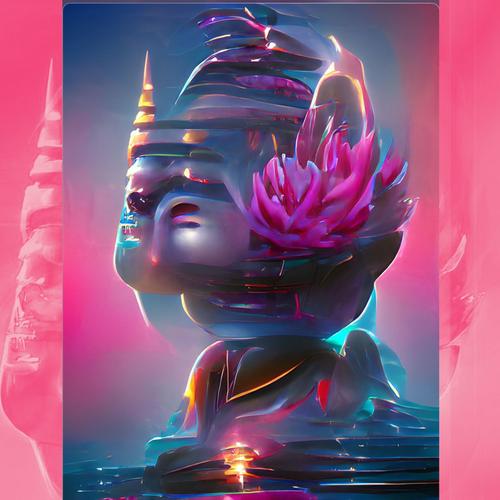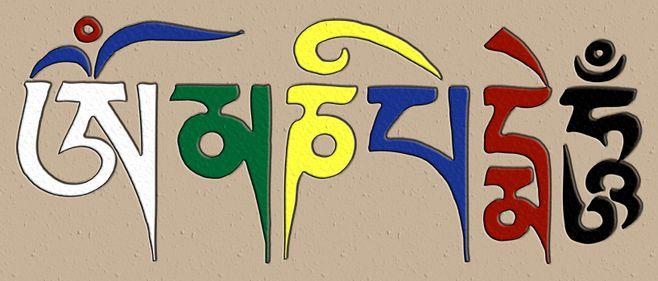Om Mani Padme Hum: A Deep Dive into the Mystical Mantra
The Om Mani Padme Hum mantra is a sacred Buddhist mantra that has captivated the hearts and minds of practitioners for centuries. This article delves into the origins, meanings, and significance of this powerful mantra, offering a comprehensive guide to its many dimensions.
Origins of the Mantra
The Om Mani Padme Hum mantra is believed to have originated in the 8th century in Tibet. It is closely associated with the teachings of Padmasambhava, also known as Guru Rinpoche, who is considered the second Buddha in Tibetan Buddhism. The mantra is often found inscribed on prayer wheels, mani stones, and other sacred objects throughout the Himalayas.

Meaning of the Mantra
The mantra consists of six syllables: Om, Ma, Ni, Padme, Hum. Each syllable carries a profound meaning:
| Syllable | Meaning |
|---|---|
| Om | Represents the universe and all its phenomena. |
| Ma | Represents the Buddha’s body, mind, and speech. |
| Ni | Represents the precious and impermanent nature of the Buddha. |
| Padme | Represents the lotus flower, symbolizing purity and enlightenment. |
| Hum | Represents the Buddha’s activity and the practitioner’s aspiration to achieve enlightenment. |
Together, these syllables form a powerful invocation that seeks to purify the mind and bring practitioners closer to enlightenment.
Practical Applications of the Mantra
Practitioners use the Om Mani Padme Hum mantra in various ways:
-
Chanting: Chanting the mantra aloud or silently is a common practice. Many practitioners recite the mantra for long periods, often in groups or during meditation sessions.

-
Mantra Meditation: Some practitioners focus solely on the mantra during meditation, allowing its sound and meaning to permeate their consciousness.
-
Prayer Beads: Many practitioners use prayer beads, known as malas, to count their repetitions of the mantra. Each bead represents a single recitation.
Symbolism and Cultural Significance
The Om Mani Padme Hum mantra holds significant symbolism and cultural importance:
-
Mani Stones: These are small, hand-carved stones inscribed with the mantra. They are often placed along mountain paths, roads, and in sacred sites.
-
Prayer Wheels: Prayer wheels are cylindrical structures with the mantra inscribed on their surface. Turning the wheel is believed to accumulate merit and spread the mantra’s blessings.
-
Art and Architecture: The mantra is frequently depicted in Tibetan art and architecture, symbolizing the presence of the Buddha and the pursuit of enlightenment.
Modern Relevance
In today’s fast-paced world, the Om Mani Padme Hum mantra continues to offer solace and guidance to many. Its message of compassion, wisdom, and enlightenment resonates with individuals seeking inner peace and spiritual growth.
Whether you are a Buddhist practitioner or simply curious about the mantra’s significance, exploring its many dimensions can provide valuable insights into the rich tapestry of Buddhist teachings and the power of sound and symbolism.




